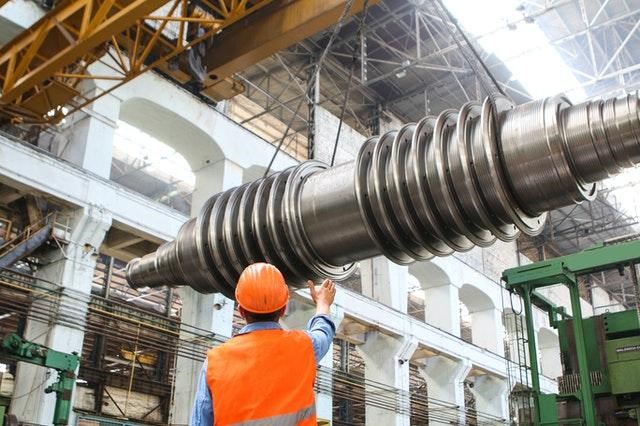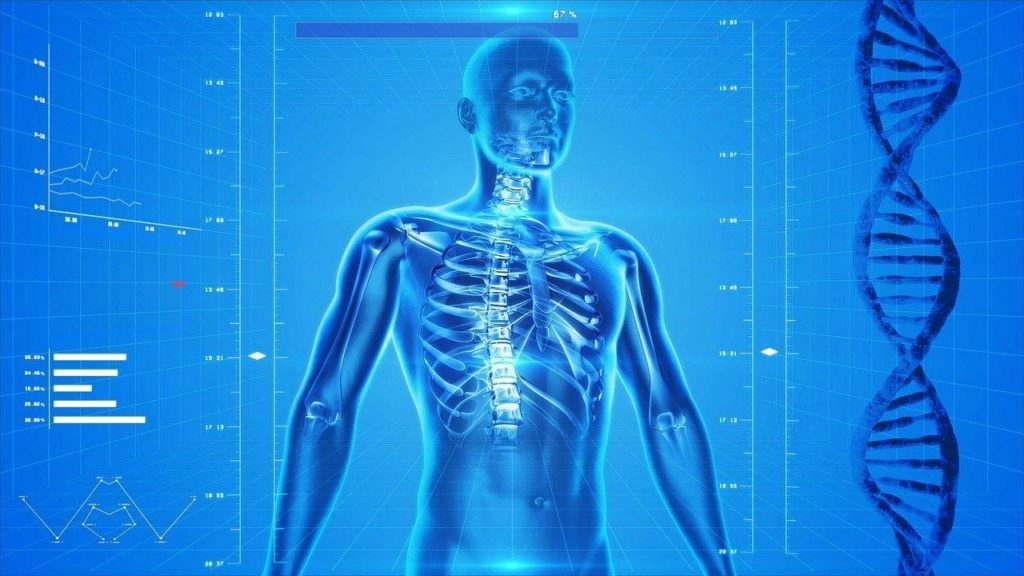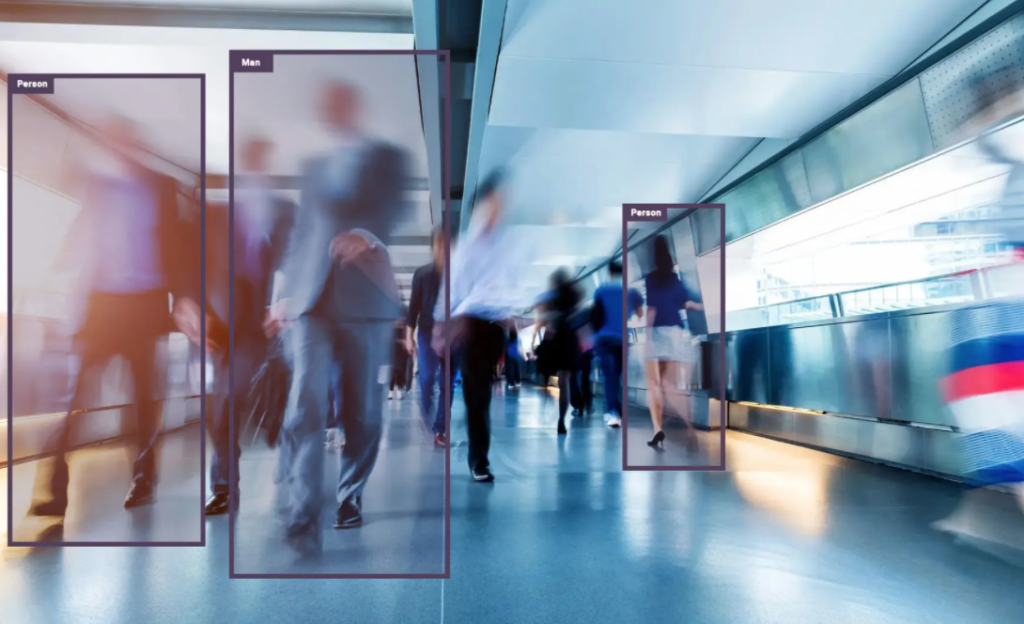Since the dawn of artificial intelligence, image recognition has long been recognised as one of the most prosperous and beneficial utilizations of the technology. Closely linked to computer vision, image recognition is the interdisciplinary computer science field that deals with a computer’s ability to identify and understand the content within images. Nowadays, most image recognition tasks are performed by using deep learning algorithms.
The development of the image recognition industry is twofold. As the technological capabilities develop, so too does the accessibility and usability of the neural networks to the wider population.
Gone are the days that only skilled AI and ML trained professionals could use image recognition models. Thanks to intuitive and user-friendly platforms such as SentiSight.ai’s AI image recognition tool features and capabilities, these models can be trained for various use cases.
The image recognition use cases available via SentiSight.ai are virtually endless, as the platform allows you, the user, to train your own models to suit your own requirements. Once you have a collection of relevant images (known as the dataset), then simply follow the step-by-step instructions, including image annotation, to train the image recognition model themselves. Once trained, the image recognition model can be used for whatever it has been trained for.
So, with that all being said, here are six of the best image recognition applications across a variety of industries:
- Defect Detection (Manufacturing)
- Medicine
- Agriculture
- Content Moderation
- Advertizing
- Retail
1. Defect Detection (Manufacturing)
Industrial manufacturing is an ever-growing field with an increasing demand as the technological age advances. Large-scale production is required to take place in order to keep up with consumers needs, and this is not without its challenges.
The safety of consumers and workers is paramount to manufacturers, although this safety can be compromised when products leave the line undetected of defects. These defects, however small, may grow in size over a period of time and ultimately lead to the failure of the component causing significant implications for all involved.
For instance, factories involved in the production of cookies for retail consumers need to ensure each cookie is of the same size, and most importantly the same quality of taste. Image recognition models can be trained and implemented to detect any defects in cookies that deviate from the norm and they will be pulled from the production line. Installing these models at different sections along the production line will increase the effectiveness and efficiency of the process. Check out our model in action at our partner’s website Foldsolutions.
Conventional processes are simple and require visual observation from humans, a time inefficient process as well as being subjective through influence of prior knowledge and expectations. It is only natural that some products not fit for entering the consumer market due to defects will go unnoticed due to human error. Therefore, it is crucial technologies are implemented to reduce this chance of recurrence.
This is where image recognition comes into its own. Models can be trained to create an image database of correct products so any not fit for use can be identified through defect detection. Overtime, these images can be grouped through identification and classification of defects, not only allowing for an efficient fix by manufacturers but freeing up human expertise to be served elsewhere along the production line.

2. Medicine
The key benefit AI image recognition software has in the medical field is detecting anomalies in tissues, including tumours, bone cracks or various types of cancer. This software can thereby enable hospitals to speed up the diagnosis process as well as avoid human error in spotting abnormalities at an early stage. The same technology can also be implemented in medical training by allowing trainees to better spot and diagnose diseases.
SentiSight’s image recognition capabilities can also be used to flag potential irregularities which can indicate certain diseases and subsequently inform the person in case they need to seek medical advice. For instance, an image containing the fragment of human skin with a birthmark can be analysed looking for the signs of melanoma (skin cancer). If the scan identifies a potential risk of cancer, the person could be referred to the doctor for further testing.
Along similar lines, the tool can be employed by medical military units, especially in remote areas. Various clinical studies contend that army doctors often misdiagnose their patients using MRI scans in overseas military units. A well-trained SentiSight model is a great image recognition application within the field of medicine due to the fact it would improve the accuracy of the interpretation of MRI results, eventually leading to accurate diagnosis and efficient course of treatment.

3. Agriculture
Agricultural farms are another example of a beneficial image recognition use case. It is used to identify which plants need watering and even spot plant diseases, insects, and worms. This can effectively reduce the need for human intervention which usually requires a time-consuming process of checking plants individually. By identifying plant diseases and parasites at a premature stage, SentiSight’s detection and recognition technologies can help maintain crops from the very early stages until the harvest.
Thanks to the taxonomies that can result from training models via SentiSight, the indication of when the harvest should take place can be performed by comparing raw and ripe crops. This can facilitate identifying the areas of the farm that are ready to be harvested and compare the ripening process across different areas or farms. Finally, SentiSight’s image recognition software can be part of an agile ecosystem that involves the flawless coordination of an array of machines powered by artificial intelligence. For example, AI image recognition models can identify the weeds in the crops after harvesting. Following this scan, other machines can eliminate weeds from the harvest of crops at a faster pace compared to the current methods.

4. Content moderation
The ai image recognition examples via SentiSight.ai extend into the field of content moderation by scanning large amounts of online content and filtering it via automated moderation at an alarming pace. Pre-trained models via SentiSight are an efficient and effective ready to implement this solution. This software can automatically detect graphic content (such as guns and nudity) allowing quicker content alteration or removal. For example, AI image recognition can facilitate the management of social media sites by ensuring that all content is complying with the websites’ guidelines.
SentiSight’s image recognition model can also identify specific products in various images. This function can be used to speed up the editing process by finding specific images in large databases. For instance, if the company desires to alter several adverts by changing a specific product displayed on the image, this software can assist the process by identifying and separating all images with a particular item that needs changing.

5. Advertizing
SentiSight’s image recognition models can be trained to add an effective analytical tool to measure brand awareness and exposure. By training the model to recognise logos, SentiSight can be used to measure the prominence and regularity of branded content in photographs, an innovative way to analyse the impact of public branded content such as billboards or sports team sponsorship.
Another way to employ this image recognition application for advertizing purposes is through scanning online images to find similar looking items for sale via an image similarity model. Object detection models can be used to identify the objects in images and find similar items on e-commerce sites which in turn increases online traffic and sales. For instance, social media users can search for items they see on Instagram, Facebook, or Pinterest. Such a tool can also be employed to identify adverts on specific sites, like social media. This involves scanning images and indicating visible adverts in them, even if they are not marked as adverts by the publisher. Therefore, server moderators can have more in-depth data about the content on their sites and make better behaviour analysis of site users.

6. Retail
Image recognition use cases include the retail sector as well. It can be implemented within self-checkout stations to scan and identify the products. In doing so, it can identify items and the exact number of certain products in the basket (this usually applies to fresh fruits and vegetables).
Utilisation of AI image recognition software can also contribute to the creation of a hassle-free and automated checkout process. A range of models could be integrated within smartphone apps allowing each shopper to scan grocery products in the aisles, right after taking them off the shelf. Image recognition then identifies the item and automatically adds it to the basket on the app. The transaction could be completed in app instead of the checkout till or the cashier which, on top of being efficient, also contributes to a safer and more socially distanced shopping experience.
Additionally, grocery stores could make use of cameras and image recognition machine learning technologies to improve and automate store management. The software could scan the image of a shelf surface and deduce various data such as the shortage of certain products, misplaced items or even spot the use-by date of certain products. This would help to ensure that all out-of-date products are removed from the shelves on-time. Defect detection is a prominent use case of image recognition technology within the retail and consumer goods industry. The image recognition models can be used to scan and identify any defects along the production line, automating the inspection process to improve efficiency and accuracy.

What have we learnt about from the ai image recognition examples?
Image recognition models can perform various tasks to increase work efficiency, ensure the safety and well-being of individuals, conduct in-depth analysis, and reduce the potential for human error. It can also work with other machines to create agile AI ecosystems capable of performing an array of tasks through:
- Image labelling.
- Classification, including single label and multi label classification.
- Object detection.
SentiSight.ai’s extensive range of image recognition applications allows you and other users to train your own models, without the need for AI expertise. Our platform has been carefully designed to ensure all available tools are equipped with information to help you distinguish which tools are ideal for training your very own image recognition models.
If you found this article interesting, then you may want to check out our automated AI Alt text generator and how image recognition can benefit the world of online digital marketing as well!

